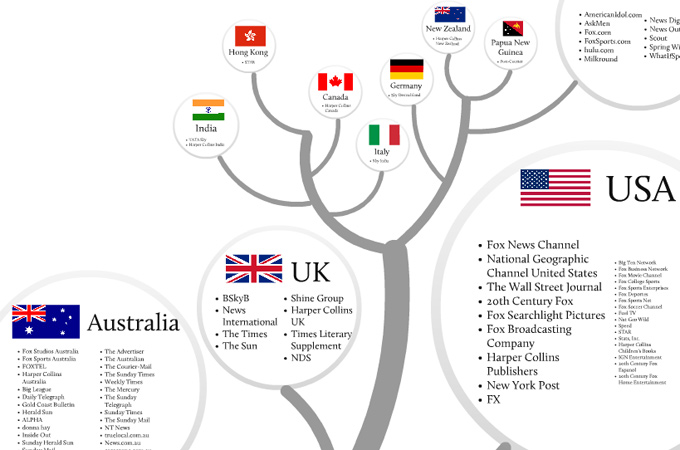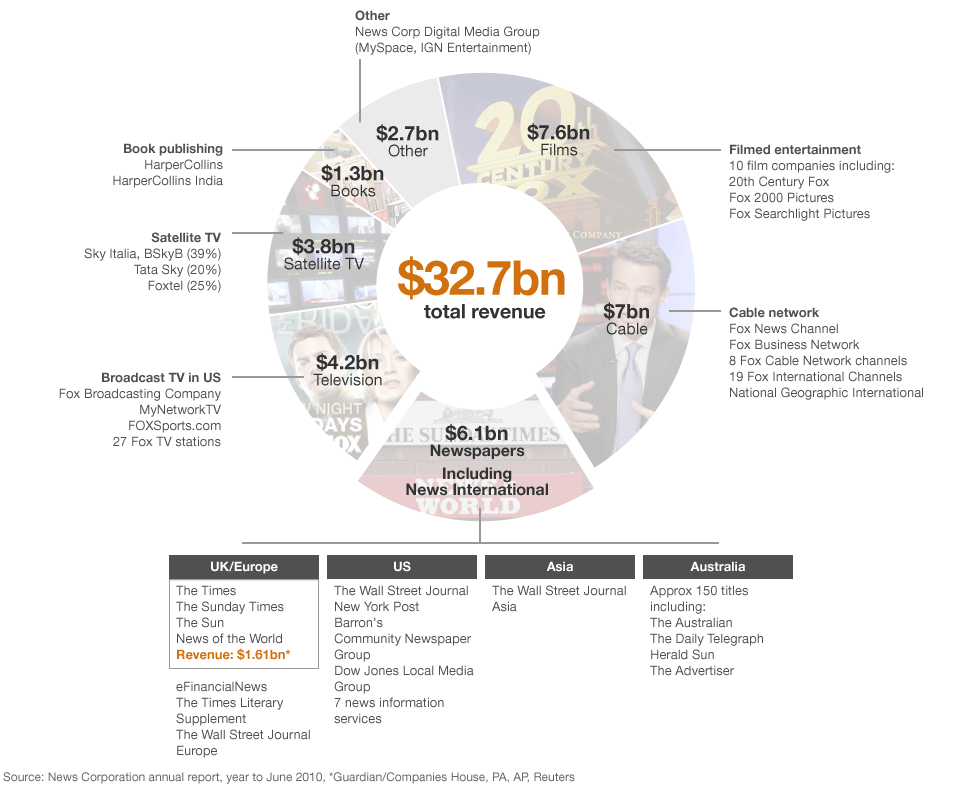Media products often challenge the societal and cultural contexts in which they are created.
To what Extent does an analysis of the Close Study Products Ghost Town and Letter to the Free support this view? [25 marks]
Professor Natalie Fenton writes “I’ve always said you can’t understand the world without the media nor the media without the world”. “Ghost Town” and “Letter to the Free” are both Music videos that protest the societal and cultural contexts in which they were created which shows that an analysis supports the view of Media products often challenging the societal and cultural contexts in which they are created. “Ghost Town” was created by the specials, a band in the genre of two-tone music, the name symbolising the presence of both black and white artists in the genre. The music video shows fear for a future Britain under rule of people like Thatcher who amplified racial tensions and neglected poor citizens during her time as prime minister. “Letter to the Free” by the rapper Common is a protest song against the racist institution of American Prisons, which, as described by the documentary the 13th, which this song is part of the soundtrack to, overwhelming criminalises black people and keeps them in prison to gain profit from their work as a form of slavery in the modern world, which is legal due to the exception in the 13th amendment that allows criminals to legally work as slave labourers. Since both music videos are about the injustices within the societies and cultures they were created in, analysing them based on societal and cultural theories and contexts should prove useful. The best way to understand these works is through the ideas of postcolonialism.
Antonio Gramsci introduced the concept of Hegemonies – Systems of power that keep control on individuals in society. This concept can be seen as the culture that enforces laws to keep black people in prison due to the exception in the 13th Amendment because of the colonialist ideologies that have rooted themselves in western society. The music video for “Letter to the Free” by Common is an example of Hegemonic struggle through art where common is challenging and protesting these racist institutions. Hegemonic struggle is the idea that hegemony is a struggle through negotiation and consent, as a continual exchange of power. Edward Said created the term “Orientalism” to describe how colonisers characterised the people they colonised with a certain lens to define them as the “other”, supporting how colonisers historically subjugated and enslaved those they colonised. To justify the supposed superiority of white Europeans Colonial nations reinforced narratives of this worldview which eventually became a prominent normal view within society. Common’s Letter to the Free, therefore, can be seen as a form of struggle through culture to change the view within hegemonies towards a more anti-racism stance. While racist ideas were slowly introduced as normal facts in society through negotiation and consent, with this music video common demonstrates how ideas that oppose the colonial ideas in hegemonies can become more accepted in society through negotiation and consent by persuasion, inculcation and acceptance.
Said draws on the idea from Jacques Lacan about the “Mirror stage” of development in Children. The first time they see themselves in a mirror is the first time they must confront the fact that this “Mirror image” represents themselves and is how everyone else sees them. This links to media because historically due to colonialist and orientalist ideas the orient has often been portrayed as the “other” to the west, as Said points out, leading to under-representation of minorities in Western media and thus dehumanisation and this is recognised by easterners from the skewed mirror image of their cultures and people in western media. Ghost Town and Letter to the Free are both music videos about racial tensions and protesting or a fear of racist institutions. As such, minorities are represented in these videos as ordinary people which again shows the hegemonic struggle by these artists to change the ideas in society. Here though it also done to combat the orientalist ideas of the eastern world in Western society.
Louis Althusser expands on the concepts of Gramsci by introducing Internal state apparatus (ISA). ISAs are tools used to control people in society (etc. Religion, education, culture, family etc.). He also introduces the idea of interpellation, or the way someone is hailed/called, being the way ideologies are formed, as a way to recruit subjects among individuals and to alienate others. Frantz Fanon was a Black man born in the French colony of Martinique and lived in France. He experienced this interpellation by people in France calling him racist insults, which worked to construct him and by extension all black people, as “other” to specifically by the way he was hailed, perceived and understood, or interpellated. Frantz Fanon in “the wretched of the earth” goes on to describe how colonialised people can reclaim their identity and prevent most people from colonial cultures seeing them through the eyes of Empire. He claims that colonialised people need to begin eroding the colonialist ideology by; assimilating colonial culture to the benefit of the mother country, immersion into an authentic culture where old legends will be reinterpreted and the past of which will be uncovered, and fighting, revolutionary and national literature. The music video for Letter to the Free is an example of this fighting, revolutionary literature where Common protests the colonial idea of black inferiority by finding a voice and identity through the assimilation of colonial culture for the benefit of the mother country, for example, the use of English language and western instruments to raise awareness in a western and English-speaking nation. Common’s music video is also descriptive of Frantz Fanon’s quote: “from America, black voices will take up the hymn with fuller unison. The ‘black world’ will see the light” because Common is essentially attempting to achieve the erosion of colonial ideology that Frantz Fanon described and fought for as well.
Paul Gilroy and W.E.B. du Bois before him proposed the idea of “Double consciousness”. This is the idea that colonised people, if living in a country that has historically profited from colonisation, must live with two cultural identities – those of the colonised people they are descended from, and those of the colonial country they live in, and is the identity of most people they live around. This can be seen in the music video for Ghost town by the Specials. The black artists of the two-tone music genre must practice a form of double consciousness to survive in a culture that has historically regarded the culture of their colonised country as lesser. Postcolonial thought also praises hybridity and cultural polyvalency, which is shown in this music video and the wider two-tone genre where both black and white musicians made bands together and presented a hybrid of historically black and white music genres. Therefore, not only are the artists of the two-tone genre having to live with a double-consciousness, but with this music video they are presenting positive representations of cultural polyvalency, where it is possible for the colonised and the colonial cultures to exist together in a postcolonial society. Fanon also raised the concept of identities that are hybrid, doubled or unstable, demonstrating how individual identity can be different but also reconciled with national identity.
In conclusion, Analysis of music videos and other media products through the idea that many challenge the contemporary views in society is very useful for understanding both the contexts of postcolonial societies and ideologies and for understanding the messages of the media as well.





